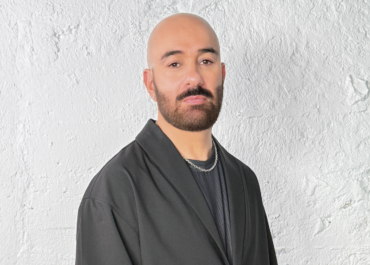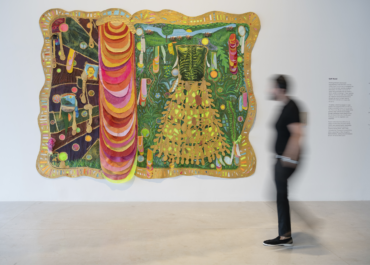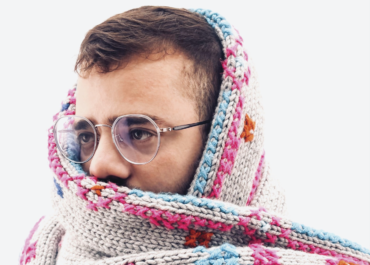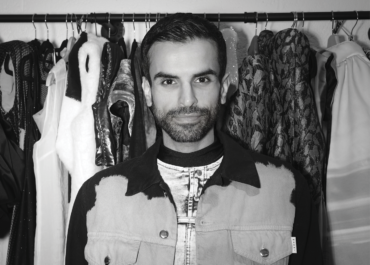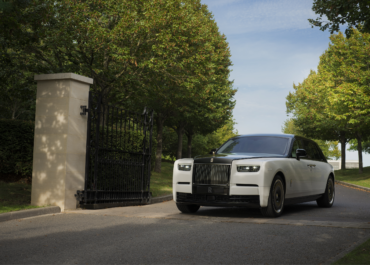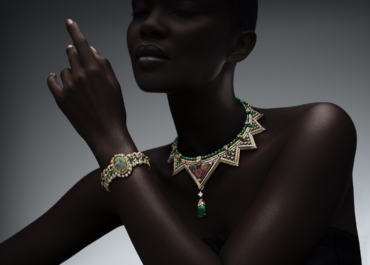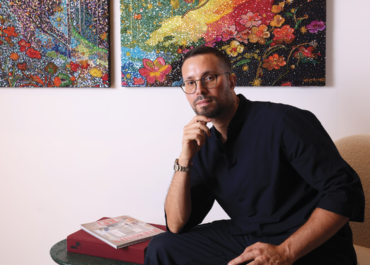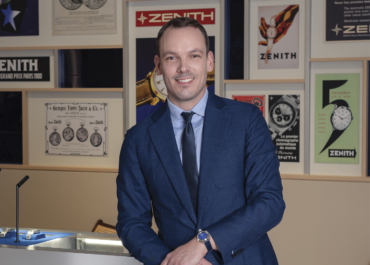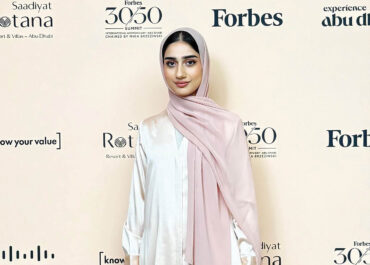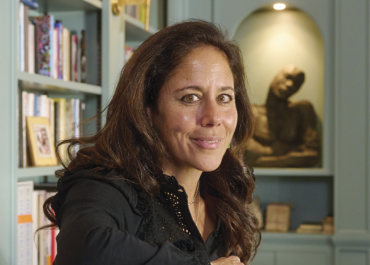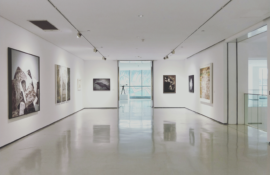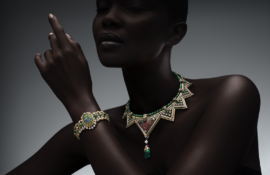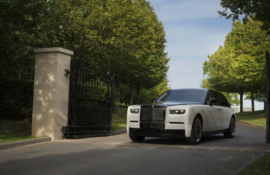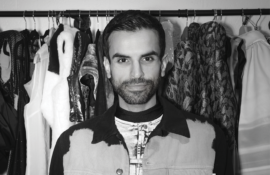This winter, the Middle East is poised for one of its most dynamic cultural chapters yet, with landmark openings and major exhibitions taking place across the region. The season weaves together archaeology, contemporary art, design and more, reflecting how the region’s creative scene continues to expand its global presence while drawing deeply on its heritage.
November starts with the much-awaited opening of the Grand Egyptian Museum in Egypt (open from the 4th of November), marking one of the most anticipated cultural milestones of the year. Situated beside the Giza Pyramids, the 300,000-square-metre complex will unite more than 100,000 artefacts spanning from pre-dynastic Egypt to the Greek and Roman periods. For the first time, all of Tutankhamun’s treasures will be displayed in one place, alongside the solar boat of Pharaoh Khufu and the collection of Queen Hetepheres I. Designed with architectural motifs that echo its pyramid surroundings, the museum offers a panoramic view of ancient civilisation while functioning as both a cultural and educational hub expected to welcome millions of visitors annually. Its opening signals not only Egypt’s renewed commitment to heritage preservation but also the broader renaissance of cultural tourism across the Arab world.
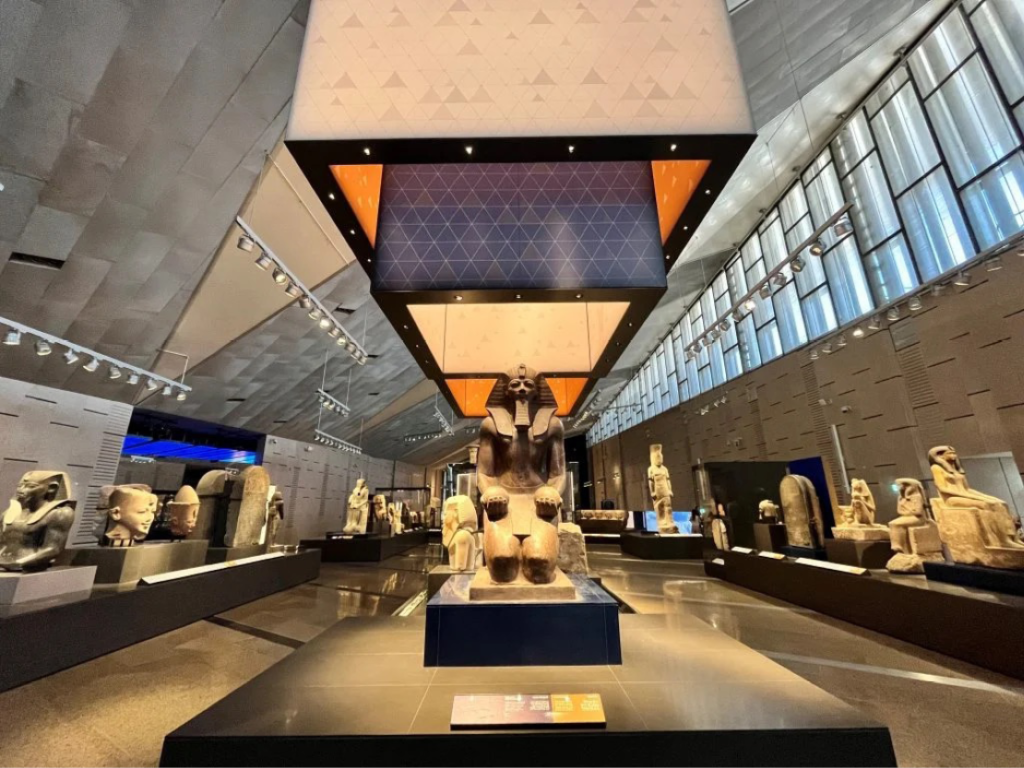
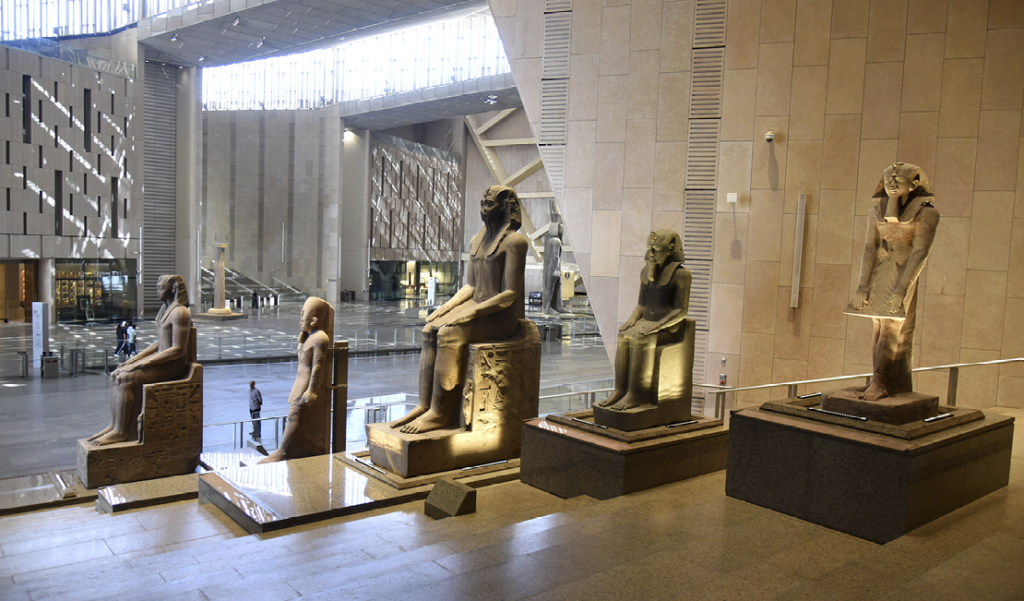
Building on that spirit of innovation, Manar Abu Dhabi, UAE (1st of November 2025 to the 4th of January 2026 in Al Ain; 15th of November 2025 to the 4th of January 2026 in Abu Dhabi) will illuminate the capital and the oasis city of Al Ain with an expansive public light-art exhibition. Organised by the Department of Culture and Tourism – Abu Dhabi and titled The Light Compass, this second edition brings together 15 Emirati and international artists from 10 countries, presenting 23 installations across Jubail Island, Souq Al Mina and the Al Qattara and Al Jimi Oases. Curated by Khai Hori with co-curators Alia Zaal Lootah, Munira Al Sayegh and Mariam Alshehhi, the event explores light as both a navigational and poetic medium. Among the highlights, Jubail Island’s mangrove walkways will host site-specific works engaging with nature, while Souq Al Mina will showcase an illuminated COMPANION by KAWS in collaboration with AllRightsReserved. With its combination of environmental and technological creativity, Manar Abu Dhabi reinforces the city’s growing reputation as a platform for cross-cultural artistic experimentation.
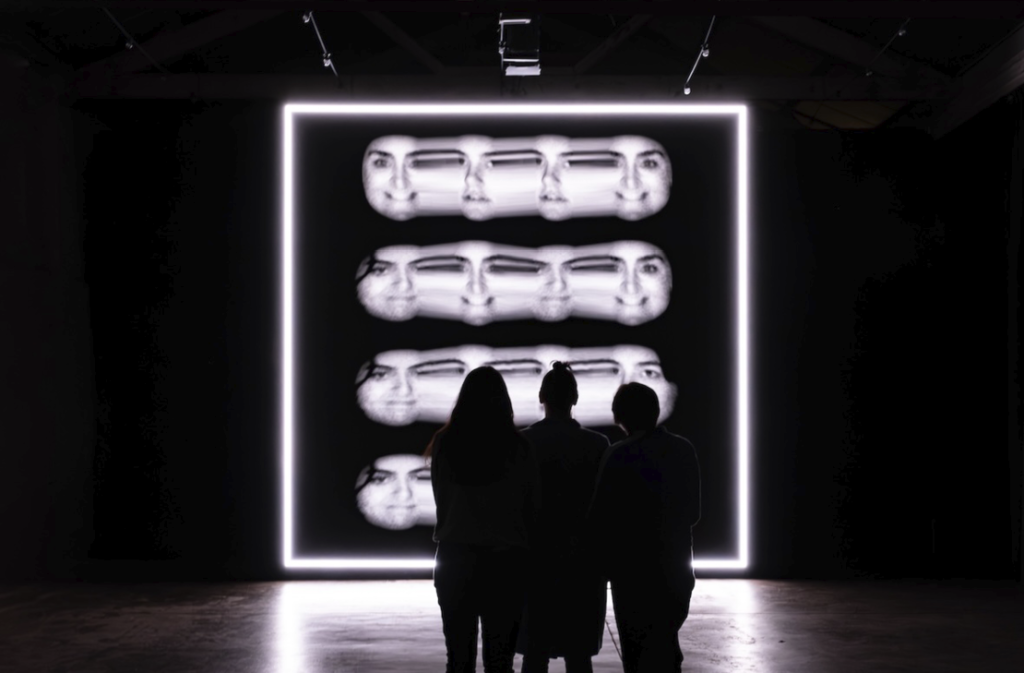
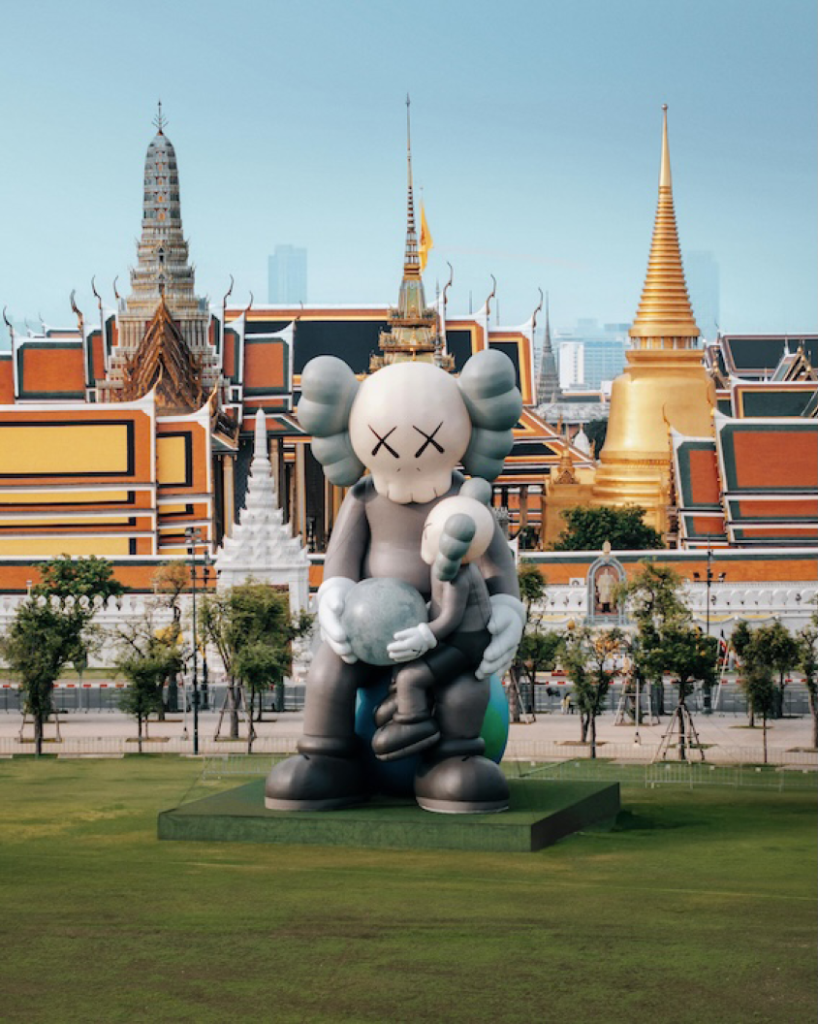
In neighbouring Sharjah, the Sharjah Art Foundation Autumn 2025 Programme, UAE continues to strengthen the UAE’s artistic momentum. Following Sharjah Biennial 16, the foundation’s autumn season features first institutional solo exhibitions by Afra Al Dhaheri and Leda Catunda, along with a major presentation of works from its collection at Kalba Ice Factory. Al Dhaheri’s Restless Circle (ongoing until the 14th of December 2025) at Gallery 6 explores temporality and repetition through mixed media, while Catunda’s I like to like what others are liking (ongoing until the 8th February 2026) presents tactile compositions that bridge pop and craft traditions. Of Land and Water (ongoing until the 17th of May 2026) showcases regional and international works from the Foundation’s collection, marking the first major exhibition at Kalba Ice Factory. Complementing these are Perform Sharjah, the Sharjah Film Platform, the Focal Point art book fair and the launch of community initiatives such as Al Majarrah Park designed by Superflex. This diverse calendar underlines Sharjah’s position as a centre for sustained artistic dialogue and experimentation.
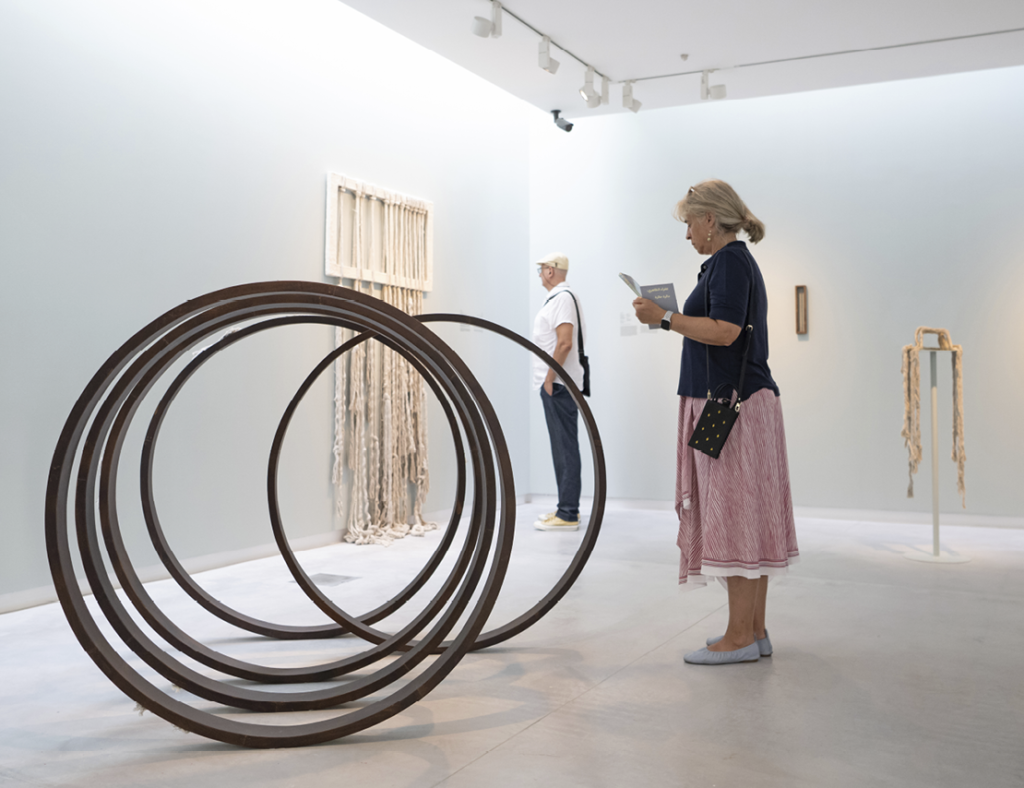
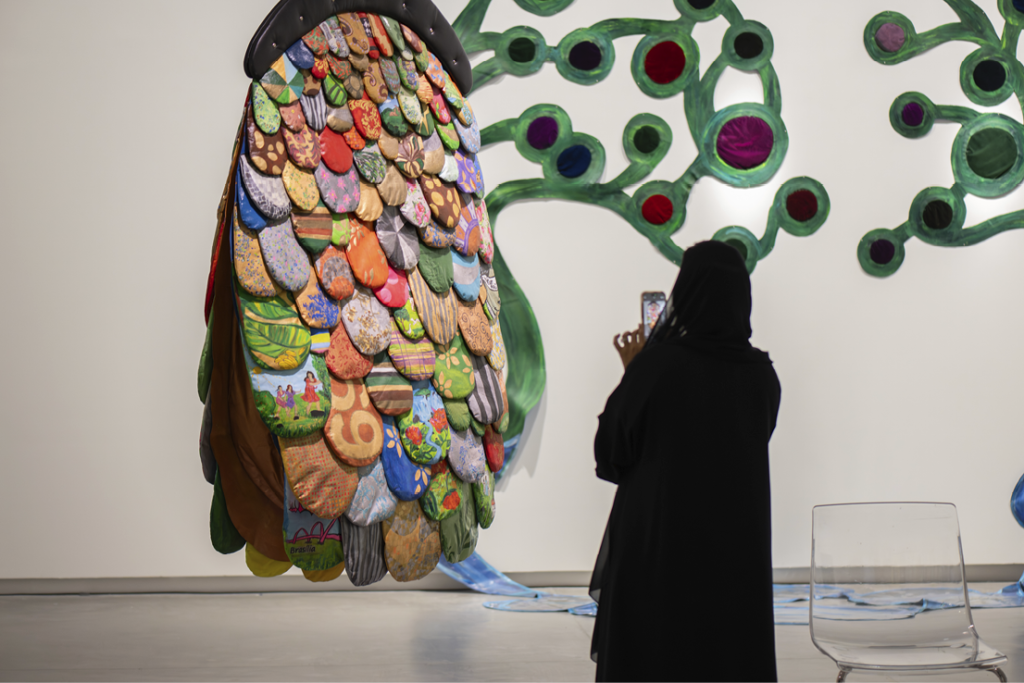
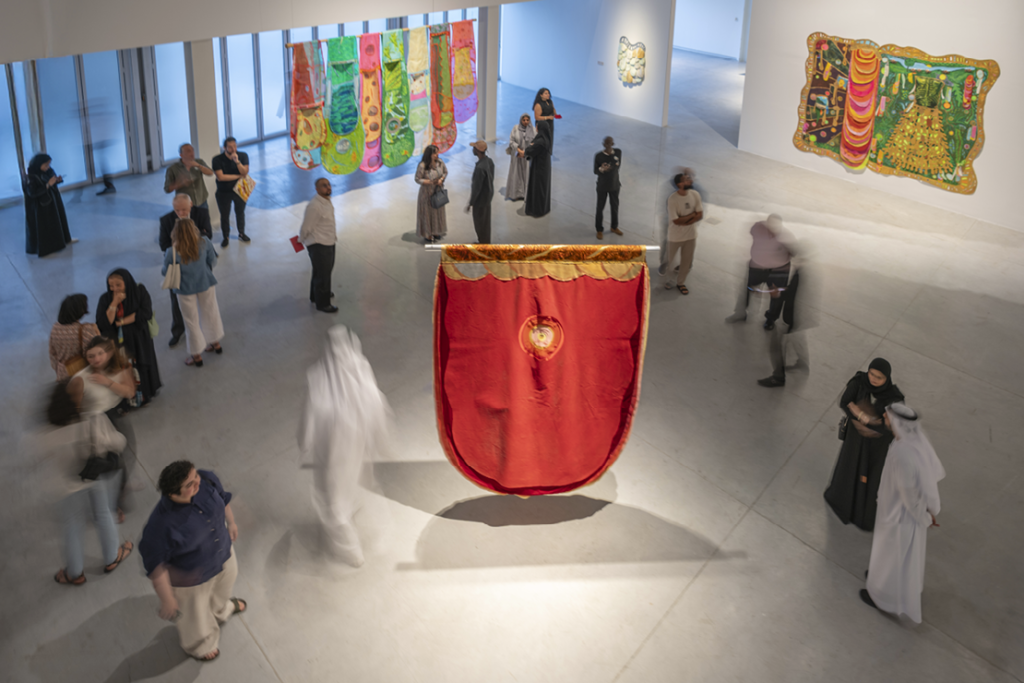
In Dubai, the city’s Alserkal Art Week, UAE (16th to 23rd of November) will turn Al Quoz into a hub of contemporary culture with exhibitions, installations, screenings and performances. The Majlis Talks series, Stories Behind Stories, curated by Uriel Orlow and Andrea Thal, will focus on remembrance and shared narratives through sound, text and performance, while collaborations with Prameya Art Foundation, Serendipity Arts Foundation and Tabari Artspace will highlight the exchange between South Asian and Arab creative voices. Across Alserkal Avenue, more than 15 new exhibitions, film screenings and workshops will unfold, maintaining the district’s status as one of the region’s leading cultural engines and a key meeting point for artists, curators and collectors.

Back in the UAE capital, the Natural History Museum Abu Dhabi, UAE (opening on the 22nd of November) adds another landmark to the city’s Saadiyat Cultural District. Designed by Dutch architectural firm Mecanoo, the 35,000-square-metre institution will take visitors on a journey through time, from the origins of the universe to a vision of Earth’s future. Among its star exhibits are the skeleton of “Stan,” the Tyrannosaurus rex, and the Murchison Meteorite, alongside immersive displays that narrate the story of life and planetary evolution. The museum will also function as a scientific research centre, with a focus on zoology, palaeontology, geology and molecular studies, connecting Abu Dhabi’s cultural development to global scientific inquiry.
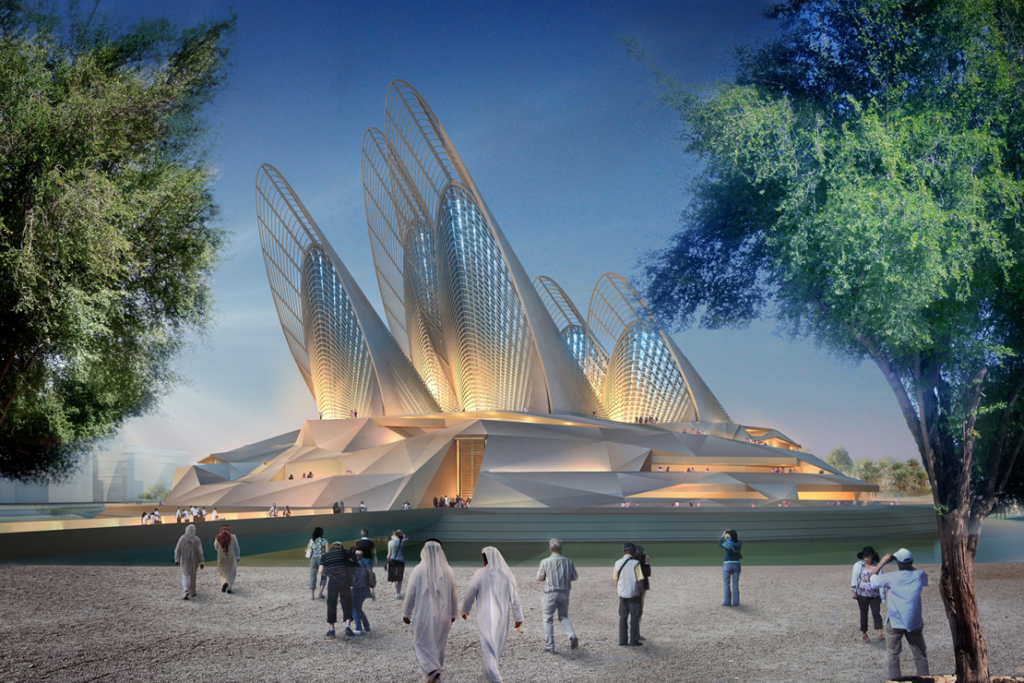
The season’s cultural focus extends to Doha with the opening of Lawh Wa Qalam: M. F. Husain Museum, Qatar (28th of November), a project founded by Qatar Foundation to honour the life and work of the late Indian artist Maqbool Fida Husain. Designed by architect Martand Khosla from a sketch drawn by Husain himself, the 3,000-square-metre museum at Education City features the artist’s final works completed in Qatar, including the Arab Civilisation series and Seeroo fi al ardh. Through multimedia installations and personal artefacts, the museum offers a deeply immersive experience into Husain’s creative world, symbolising Qatar’s continued investment in regional and global art narratives.
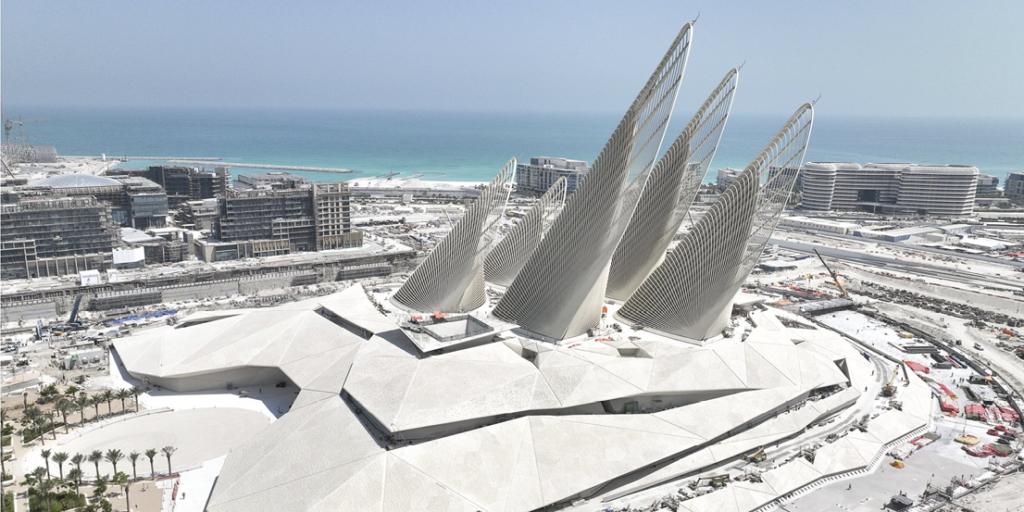
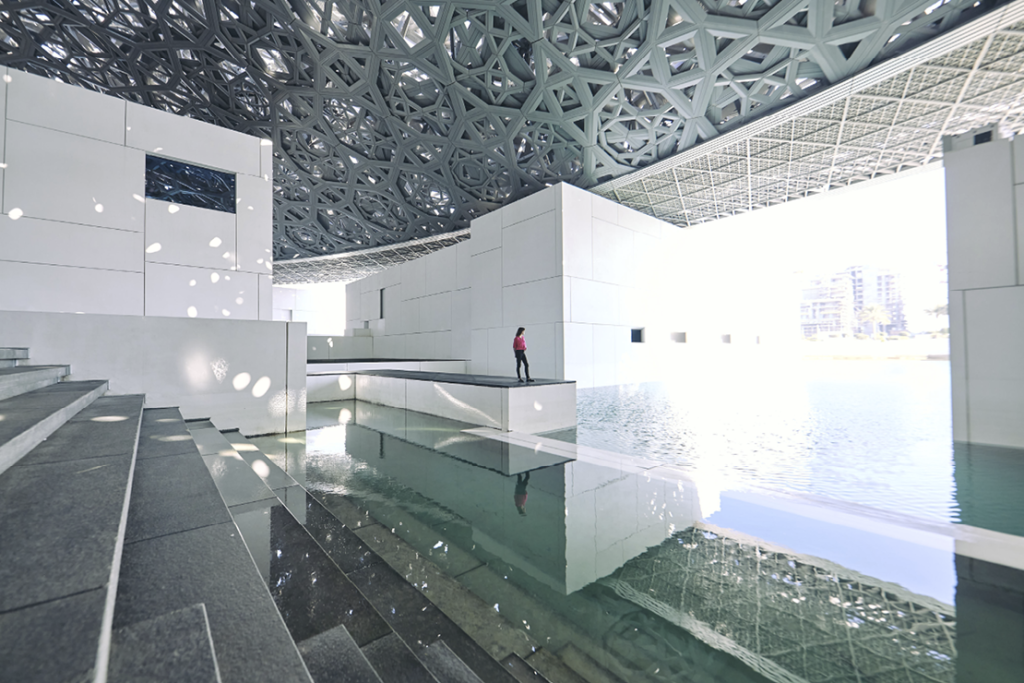
The second big opening in Abu Dhabi will take place in December, with the opening of the long-awaited Zayed National Museum, UAE (opening on the 3rd of December), which will serve as the national museum of the United Arab Emirates and a tribute to its founding father, Sheikh Zayed bin Sultan Al Nahyan. Designed by Pritzker Prize-winning architect Lord Norman Foster, the museum will guide visitors through the nation’s story from ancient times to today, using archaeological finds, immersive displays and sensory installations. The galleries, Our Beginning, Through Our Nature, To Our Ancestors, Through Our Connections, By Our Coasts and To Our Roots, trace 300,000 years of history, culminating in reflections on identity and heritage. With over 3,000 artefacts and a vast landscaped entrance called Al Masar Garden linking the museum to its Saadiyat neighbours, it will join Louvre Abu Dhabi, Guggenheim Abu Dhabi and the Natural History Museum as part of the capital’s evolving cultural district.
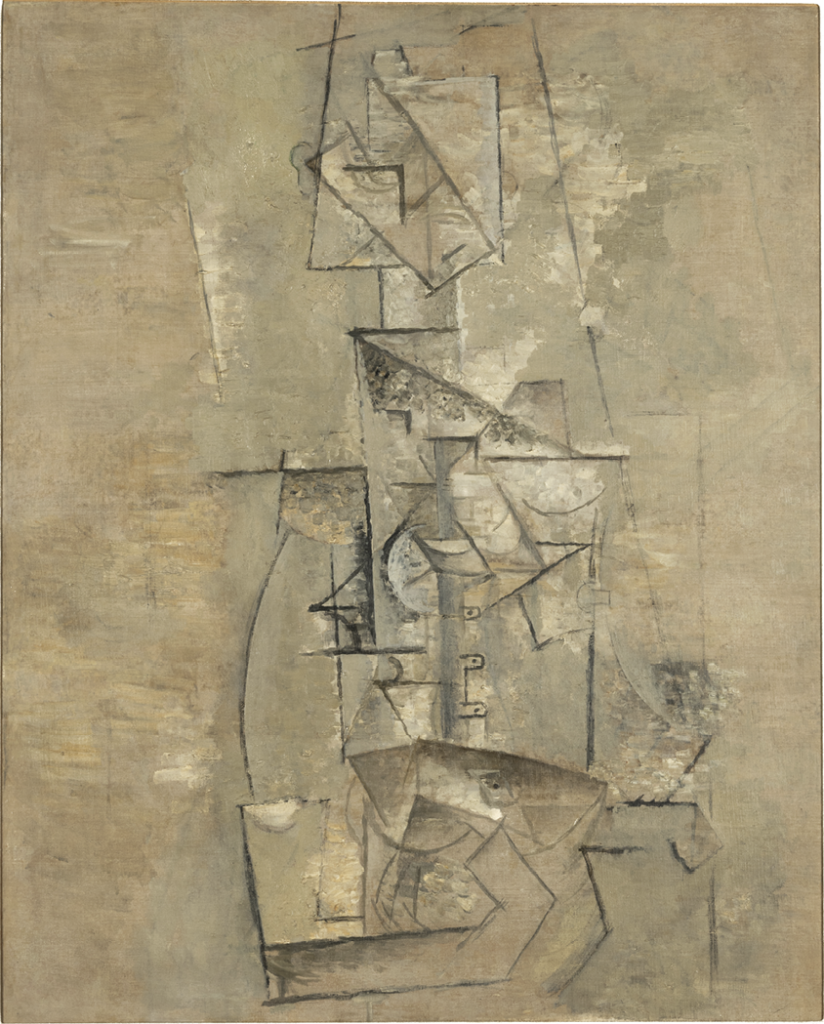
Early next year, the spotlight will return to Louvre Abu Dhabi for Picasso the Figure (21st of January to the 31st of May 2026), a major exhibition exploring Pablo Picasso’s evolving depiction of the human form through painting, sculpture and drawing. Co-curated by Cécile Debray, Virginie Perdrisot and Aisha AlAhmadi, the show includes key pieces such as Woman with a Mandolin (Miss Léonie seated) (1911), Portrait of a Seated Woman (Olga) (1923) and Woman Sitting in Front of the Window (1937), combining works from the Louvre Abu Dhabi’s own collection with loans from the Musée national Picasso–Paris. The exhibition underscores the museum’s mission to connect cultures and eras through shared artistic dialogue.
Rounding out the season in the northern emirates, Ras Al Khaimah Art Festival, UAE (16th of January to the 15th of February 2026) will return to Al Jazeera Al Hamra Heritage Village under the theme “Civilisations – A Journey Through Time and Culture.” Inspired by Octavio Paz’s reflection that “life is plurality, death is uniformity,” the festival celebrates diversity as the essence of progress. This year’s edition explores civilisation as a living process shaped by centuries of human innovation, exchange and creativity, from the ancient trade routes that once connected Ras Al Khaimah to distant worlds to the global networks of today. Through installations, photography and performance, Civilisations examines how art reflects and sustains cultural evolution, asking what endures and what transforms when societies meet and merge. The programme highlights the shared aspirations that unite humanity while honouring the unique heritage of the region. As Margaret Atwood reminds us, “When any civilisation is dust and ashes… art is all that’s left over.” The 2026 festival captures that enduring truth, celebrating art as the legacy through which civilisation continues to live.


